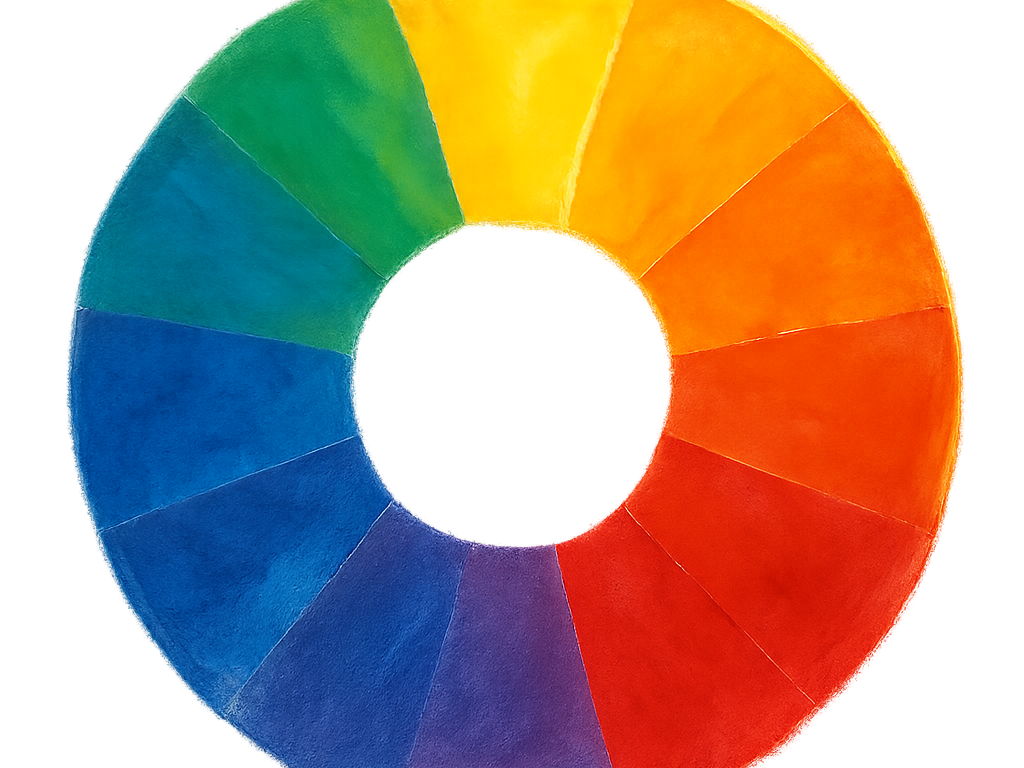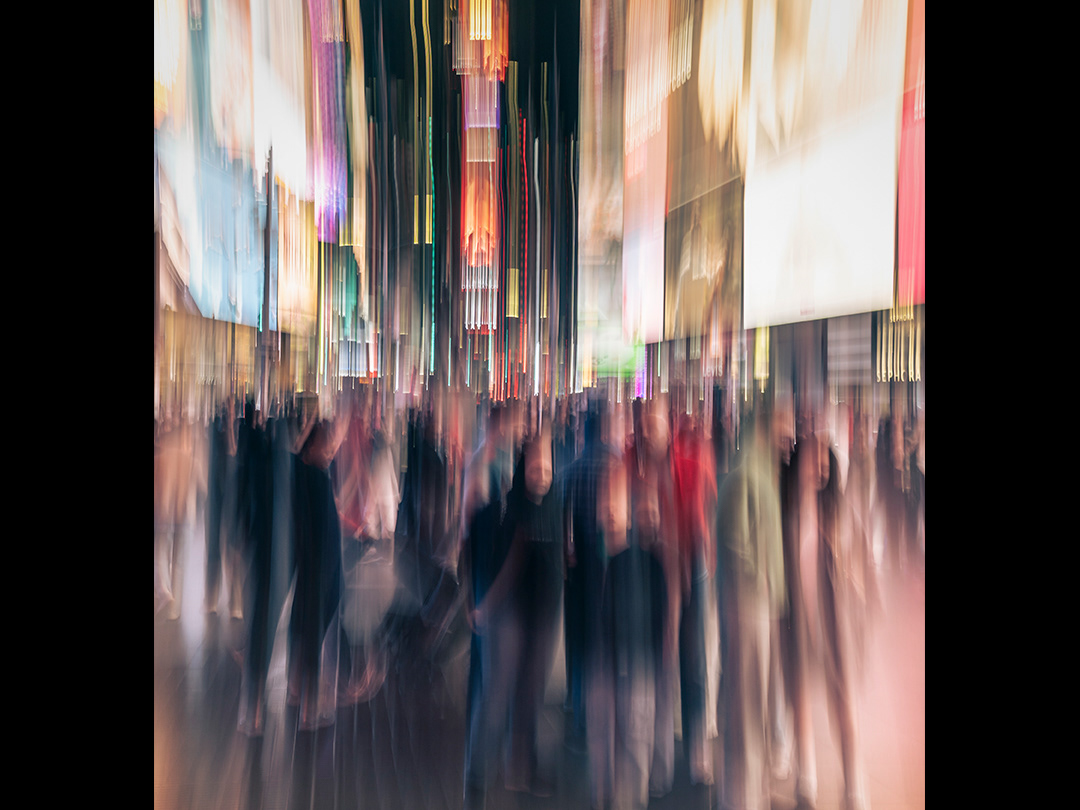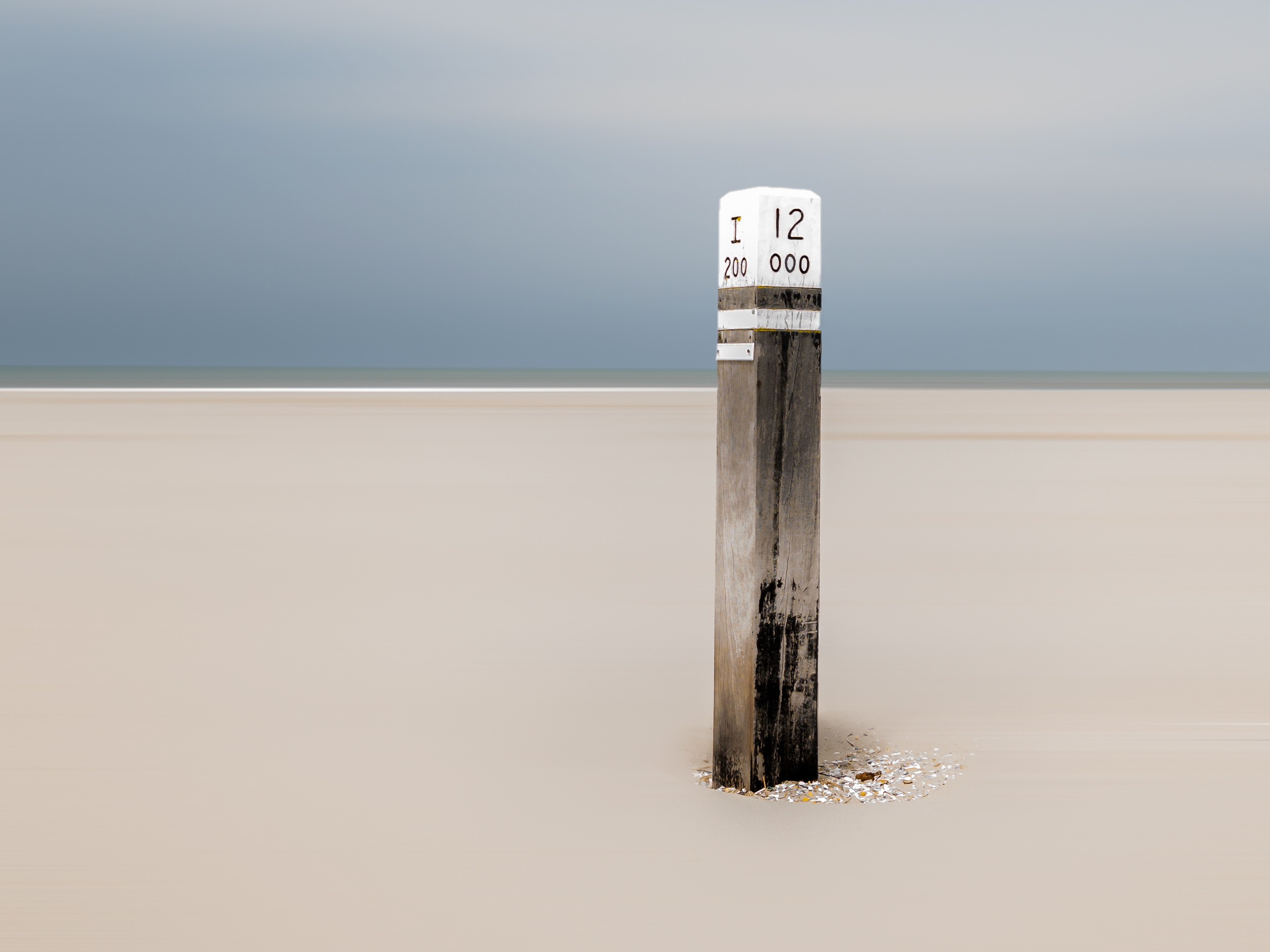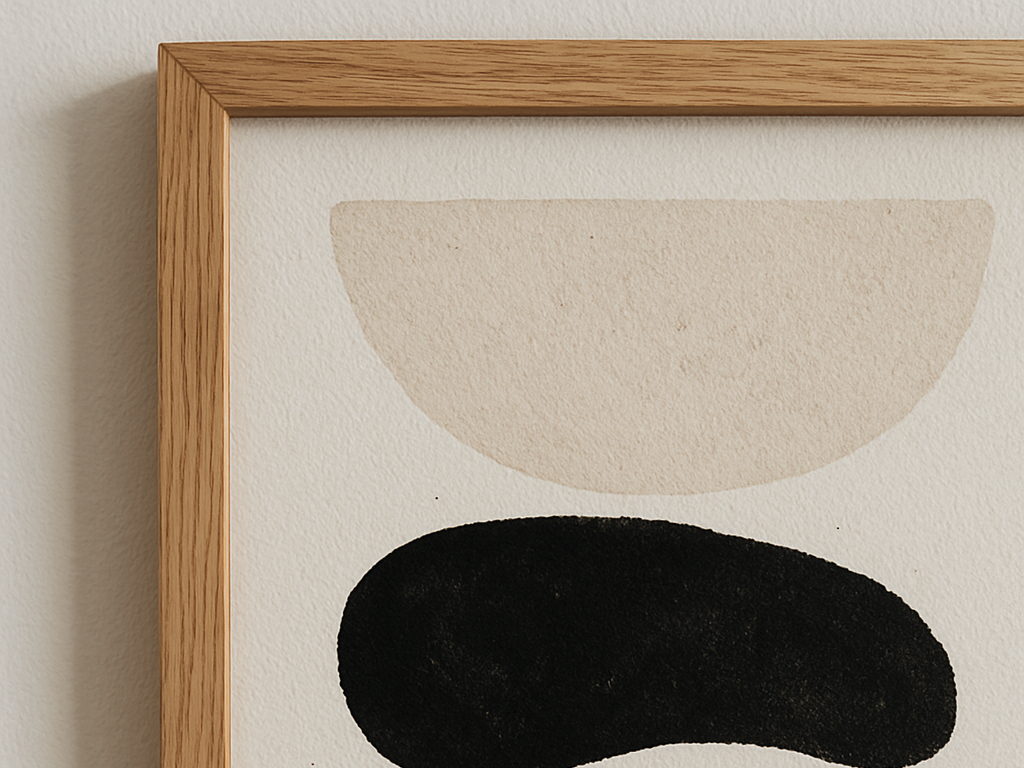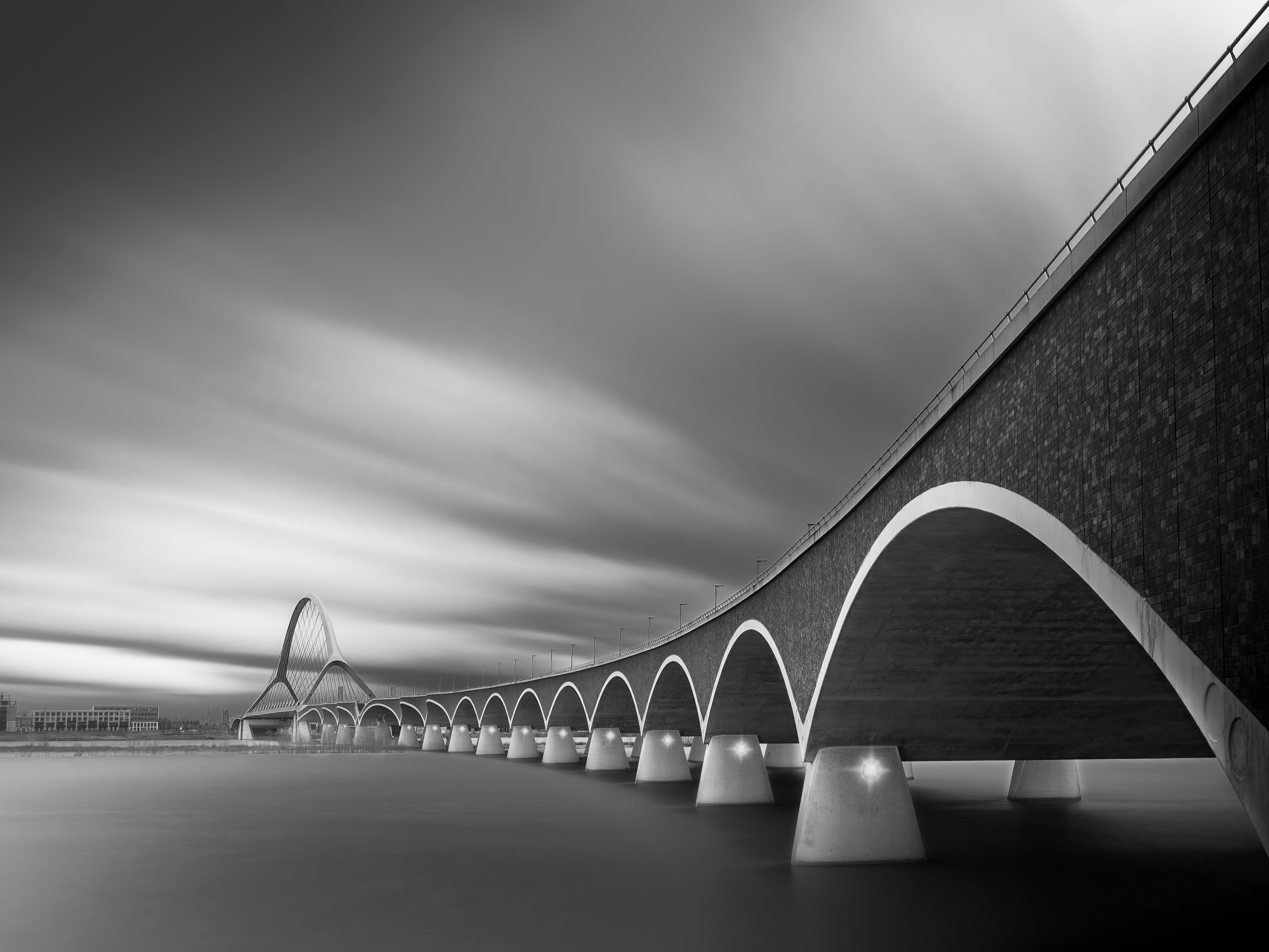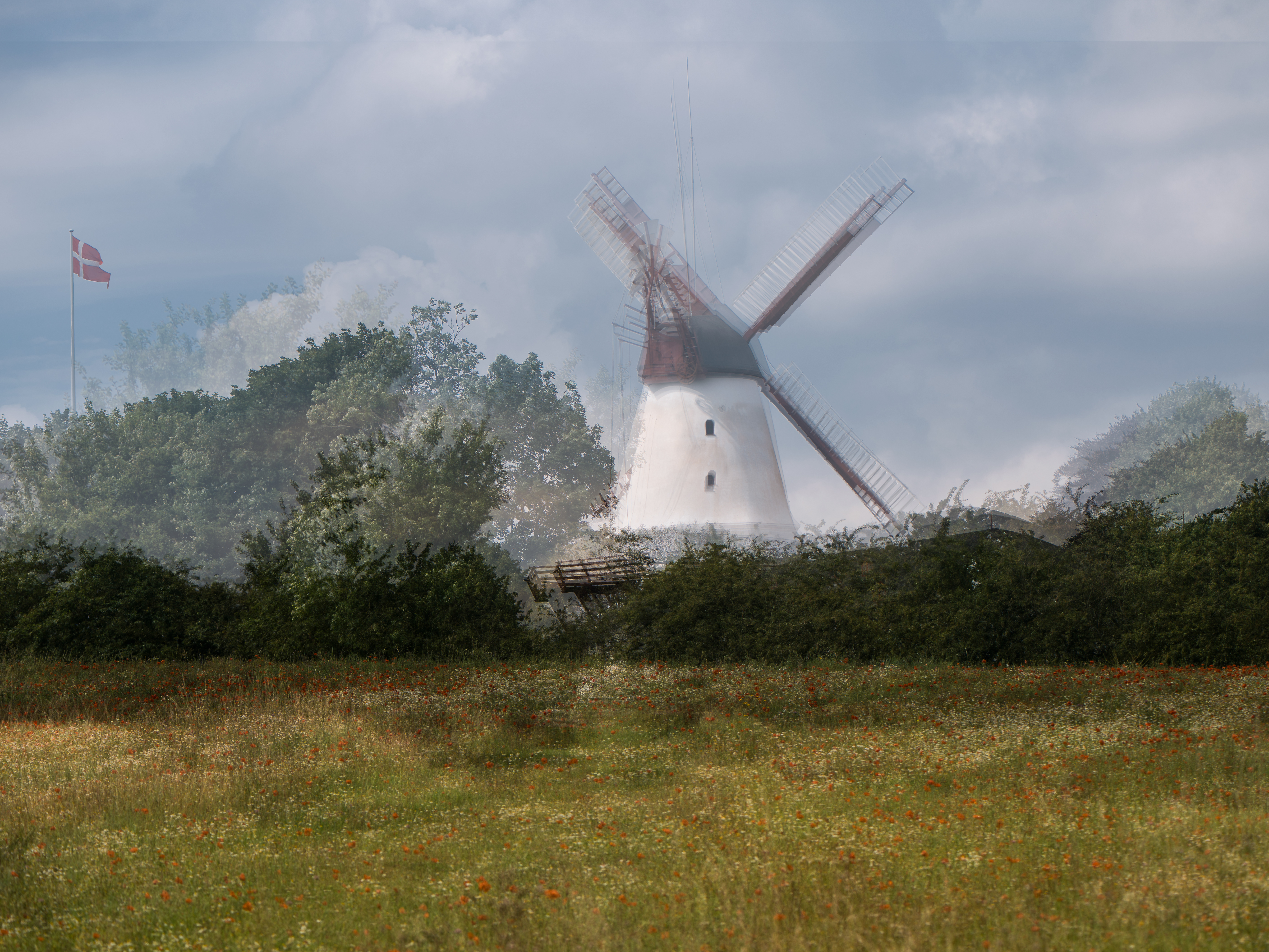Essential Equipment
1. Macro Lens:
A true macro lens allows for close focusing and 1:1 magnification. Popular focal lengths range from 60mm to 105mm for general use, and up to 200mm for photographing skittish subjects like insects. Alternatively, you could work with a standard lens and use extension tubes or a close-up filter.
A true macro lens allows for close focusing and 1:1 magnification. Popular focal lengths range from 60mm to 105mm for general use, and up to 200mm for photographing skittish subjects like insects. Alternatively, you could work with a standard lens and use extension tubes or a close-up filter.
2. Tripod:
For precision and stability, especially when using narrow apertures or shooting in low light.
For precision and stability, especially when using narrow apertures or shooting in low light.
3. Extension Tubes & Close-up Filters:
These are budget-friendly tools that reduce the minimum focusing distance of standard lenses.
These are budget-friendly tools that reduce the minimum focusing distance of standard lenses.
4. Ring Lights or Flash Diffusers:
Lighting is critical in macro photography. Built-in flashes often cast shadows, so ring lights or off-camera flashes with diffusers help provide soft, even illumination. Macro-photography requires plenty of light; so going out on a sunny day to leverage daylight is also an option but beware of blown out highlights when shooting in direct sunlight.
Lighting is critical in macro photography. Built-in flashes often cast shadows, so ring lights or off-camera flashes with diffusers help provide soft, even illumination. Macro-photography requires plenty of light; so going out on a sunny day to leverage daylight is also an option but beware of blown out highlights when shooting in direct sunlight.
Techniques for Stunning Macro Shots
1. Use Manual Focus:
Autofocus may struggle with close-up details. Manual focus allows you to zero in on the exact part of the subject you want sharp.
Autofocus may struggle with close-up details. Manual focus allows you to zero in on the exact part of the subject you want sharp.
2. Control Depth of Field:
Macro photography has an extremely shallow depth of field. Using a smaller aperture (like f/8 or f/16) helps bring more of the subject into focus, though it may require longer exposure times. Another option is to leverage focus shifting, where the focus area is moved a little with each shot. Not every camera will support this and there are challenges, especially when even the slightest movement is happening.
Macro photography has an extremely shallow depth of field. Using a smaller aperture (like f/8 or f/16) helps bring more of the subject into focus, though it may require longer exposure times. Another option is to leverage focus shifting, where the focus area is moved a little with each shot. Not every camera will support this and there are challenges, especially when even the slightest movement is happening.
3. Master the Background:
Clean, uncluttered backgrounds help your subject stand out. You can use colored cards, fabric, or natural bokeh for artistic effect.
Clean, uncluttered backgrounds help your subject stand out. You can use colored cards, fabric, or natural bokeh for artistic effect.
4. Practice Patience and Observation:
Macro photography often requires waiting for the perfect moment—whether it's the right light, a still subject, or the ideal angle.
Macro photography often requires waiting for the perfect moment—whether it's the right light, a still subject, or the ideal angle.
Macro photography isn’t just about bugs and blossoms—it’s a creative playground once you start exploring. Think about the texture of rust on old metal, the intricate weave of fabric, or the grain in a wooden surface—there’s so much character in these tiny details. Even everyday objects like watch gears, pencils, or coins can become captivating when seen up close. And let’s not forget food—macro shots of salt crystals, the surface of fruit, or the smooth swirl of chocolate can turn the ordinary into mouthwatering art. You can even play with water droplets, capturing reflections or light bending through them in ways that feel almost magical.
Macro photography is more than a technical exercise—it’s a journey into the hidden world. With practice, patience, and a bit of curiosity, you can uncover the extraordinary in the ordinary and bring tiny marvels into full view.
Want to dive deeper into Macro photography, learn more about post-processing your shots, or master your camera settings? Ask any question through the lifecaptured.photos ChatGPT — go explore your creativity.

